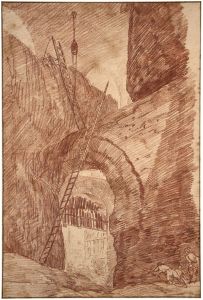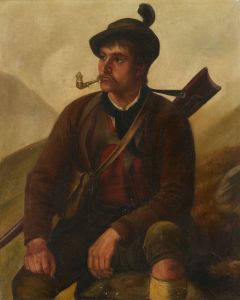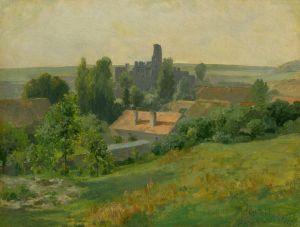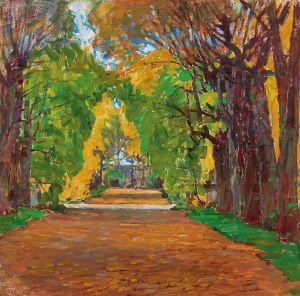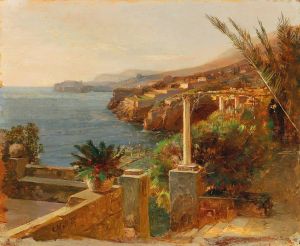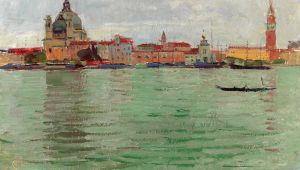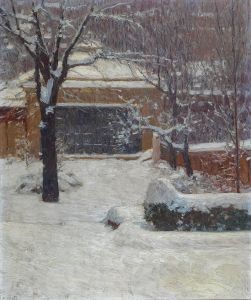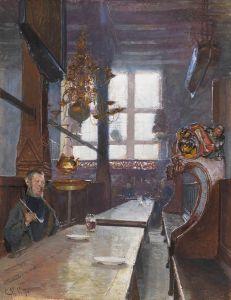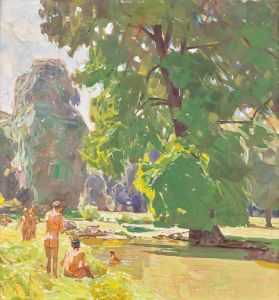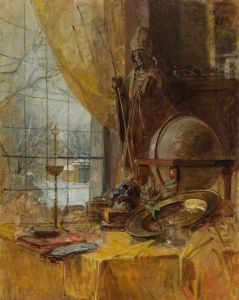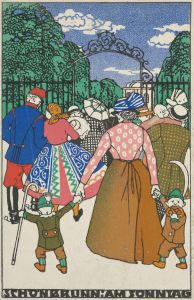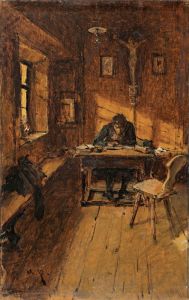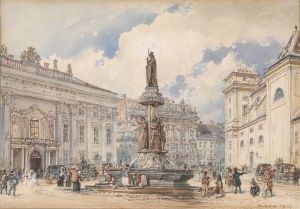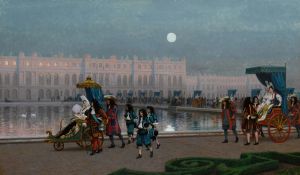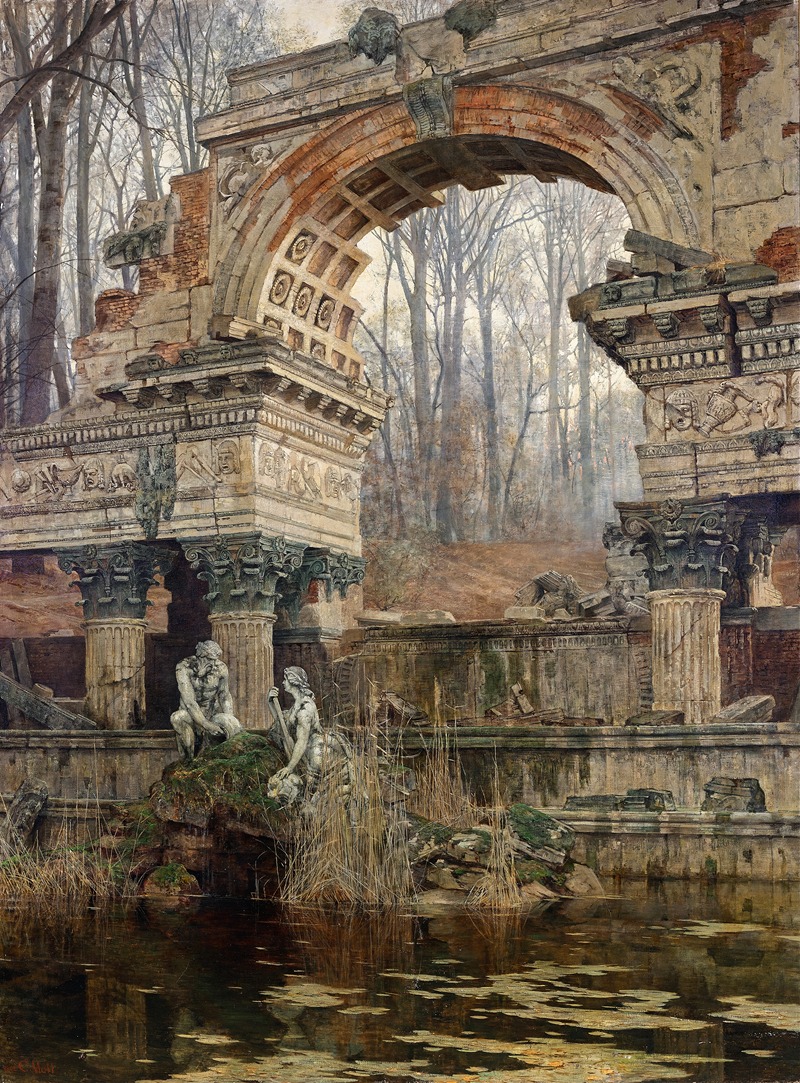
The Roman ruin in Schönbrunn
A hand-painted replica of Carl Moll’s masterpiece The Roman ruin in Schönbrunn, meticulously crafted by professional artists to capture the true essence of the original. Each piece is created with museum-quality canvas and rare mineral pigments, carefully painted by experienced artists with delicate brushstrokes and rich, layered colors to perfectly recreate the texture of the original artwork. Unlike machine-printed reproductions, this hand-painted version brings the painting to life, infused with the artist’s emotions and skill in every stroke. Whether for personal collection or home decoration, it instantly elevates the artistic atmosphere of any space.
Carl Moll's painting The Roman Ruin in Schönbrunn is a notable work by the Austrian painter, who was a prominent figure in the Vienna Secession movement. The artwork depicts the Roman Ruin, an artificial architectural feature located in the gardens of Schönbrunn Palace in Vienna, Austria. The Roman Ruin, originally known as the Ruin of Carthage, was designed in 1778 by architect Johann Ferdinand Hetzendorf von Hohenberg as part of the palace's extensive Baroque garden landscaping. It was intended to evoke the grandeur and romanticism of classical antiquity, a popular theme in 18th-century European garden design.
Carl Moll (1861–1945) was known for his landscapes, interiors, and still-life paintings, often characterized by their meticulous attention to detail and use of light. As a co-founder of the Vienna Secession in 1897, Moll played a significant role in promoting modern art in Austria. His works often reflect the influence of Impressionism and Symbolism, as well as the decorative aesthetics associated with the Secession movement.
In The Roman Ruin in Schönbrunn, Moll captures the picturesque quality of the ruin, emphasizing its integration into the natural surroundings of the palace gardens. The painting showcases his skill in rendering light and atmosphere, with a focus on the interplay between the architectural elements and the lush greenery. The composition highlights the romanticized decay of the structure, a theme that aligns with the 18th-century fascination with ruins as symbols of the passage of time and the transience of human achievements.
While the exact date of the painting is not widely documented, it is consistent with Moll's broader body of work, which often explored Vienna's cultural and natural landmarks. The Roman Ruin itself remains a popular attraction within the Schönbrunn Palace gardens, which are recognized as a UNESCO World Heritage Site.
This painting serves as an example of Moll's ability to blend architectural and natural elements in his art, reflecting both his technical skill and his sensitivity to the aesthetic ideals of his time.





